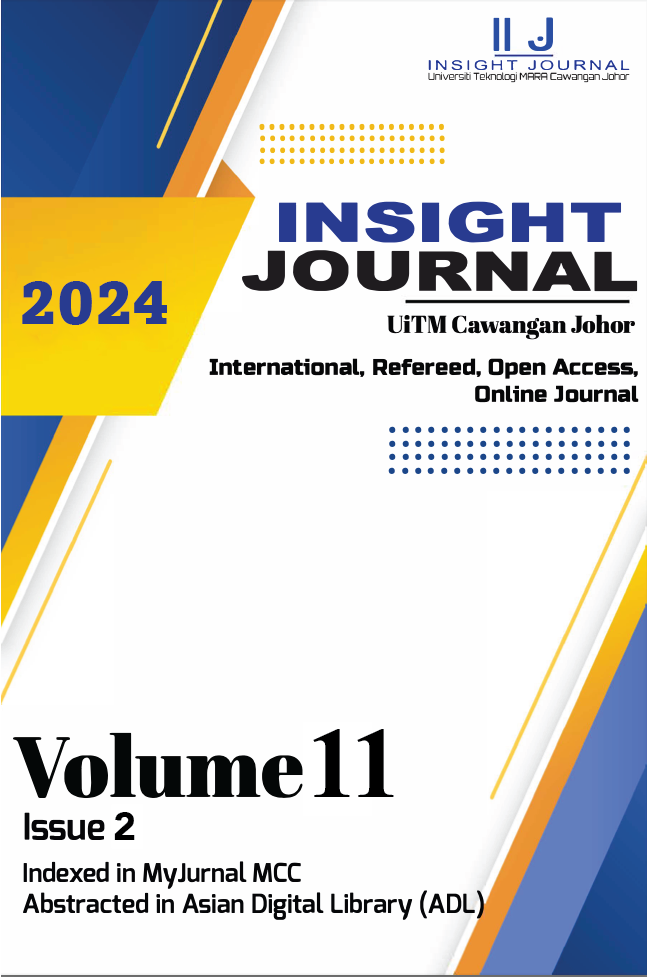A STUDY OF RELATIONSHIP BETWEEN TEACHING PRESENCE WITH COGNITIVE AND SOCIAL PRESENCE IN ONLINE GROUP TASKS
DOI:
https://doi.org/10.24191/ij.v11i2.2322Keywords:
Cognitive Presence, Online Group Work, Social, Teaching PresenceAbstract
Group work has been found to be an effective approach for learners in traditional classrooms. In order to foster effective engagement, academics have emphasized the need to look more closely at group interaction in online learning environments. However, the online classroom has made group work more challenging during the post-pandemic era. Thus, this study investigates how the learners’ perception of mixed-mode group work at different levels of study. In addition to that, some learners had more benefited and feel comfortable expressing their ideas and views in work in groups with the guidance of lecturers. The data were collected using questionnaire. This study used a modified version of an instrument created by previous researchers. The questionnaire was analyzed using Statistical Packages for Social Science (SPSS). To explore how learners perceive these 3 factors in mixed-method group work, this study surveyed 296 of respondents were participated randomly from a public university in Malaysia. The survey has 3 main sections. Section A has items on the demographic profile. There are 8 cognitive presence-related items in Section B. Section C features 8 items on social presence, and Section D has 8 things on teaching presence. A general overview of the findings reveals the three sub-constructs: teaching presence, cognitive presence, and social presence consumed good reliability. The reliability of Cronbach’s alpha for the instrument used in this research is 0.842. Among these groupings, it was found that teaching presence may have moderate effect on the relationship between cognitive and social presence in mixed group work. It is thus, hybrid learning employing a group work approach in the classroom offers exciting implications for each form of presence.
Downloads
Published
Issue
Section
License
Copyright (c) 2024 UiTM Press

This work is licensed under a Creative Commons Attribution 4.0 International License.







